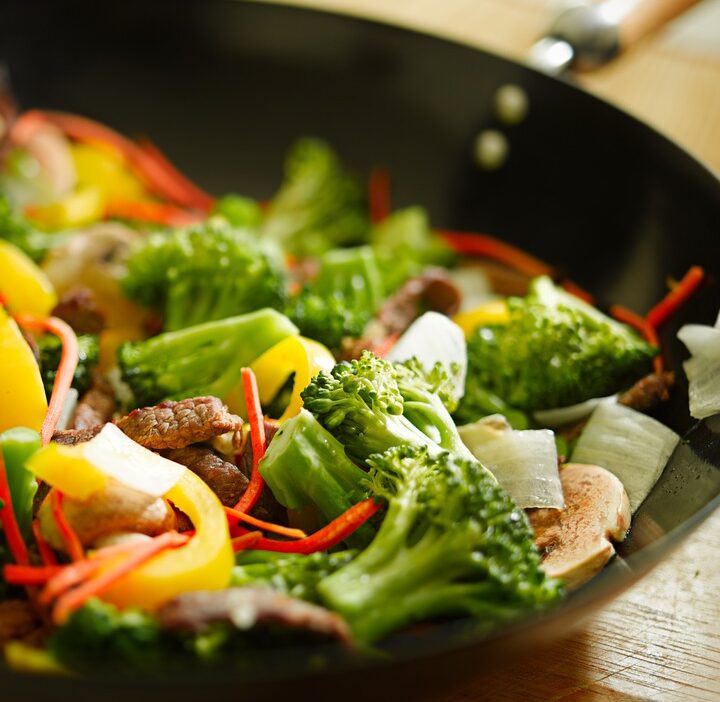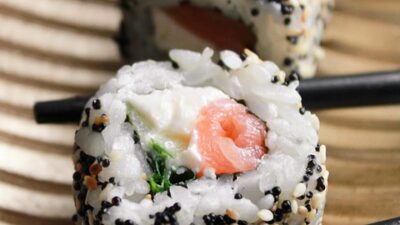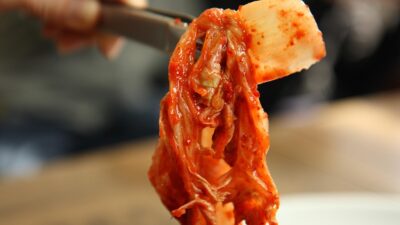China, a nation marked by a rich tapestry of history and culture, offers a culinary landscape that is as diverse as its geography. Spanning vast regions—from the fiery, peppery flavors of Sichuan Province to the delicate, sweet undertones of Cantonese cuisine—China’s food is a celebration of regionality, tradition, and innovation. In this exploration, we’ll delve into a few of the most iconic Chinese culinary styles, their signature flavors, and how they reflect the myriad of influences that shape China’s gastronomic identity.
Sichuan Cuisine: A Symphony of Spice
Sichuan cuisine is perhaps one of the most recognized of Chinese culinary styles, known for its bold flavors, intense heat, and complex seasoning. At the heart of Sichuan cooking lies the legendary Sichuan peppercorn, which imparts a unique, numbing heat that invigorates the palate. Dishes such as Mapo Tofu, characterized by its combination of soft tofu and minced meat in a spicy, flavorful sauce, exemplify the quintessential Sichuan experience.
Moreover, Sichuanese chefs are masters of layering flavors. Kung Pao Chicken, another staple, combines tender chicken with nuts, vegetables, and a savory-sweet soy sauce, punctuated with a fiery kick. The culinary art of Sichuan extends beyond just heat to include intricate techniques like “mala,” emphasizing both “numbing” and “spicy”—a hallmark of its signature dishes.
Cantonese Cuisine: The Art of Subtlety
In stark contrast, Cantonese cuisine, hailing from Guangdong Province, is celebrated for its mild flavors, emphasis on freshness, and artful presentation. Cantonese chefs utilize techniques such as steaming and stir-frying to preserve the natural tastes and textures of ingredients. The result is a menu bursting with color and subtlety.
Signature dishes, such as Char Siu (barbecue pork) and Dim Sum (small, bite-sized meals served in steamer baskets), showcase the skill and artistic flair of Cantonese cooks. Dim Sum, in particular, is more than just food—it’s a cultural experience often enjoyed with family and friends during leisurely weekend brunches. The selection ranges from delicate dumplings filled with shrimp to sweet buns filled with creamy custard.
Northern Breads and Noodles: A Warming Tradition
Traveling north, one encounters the hearty culinary traditions of the Shanxi and Inner Mongolia regions, where bread and noodles reign supreme. The use of wheat—as opposed to rice common in southern China—results in a variety of comforting dishes. Knife-cut noodles (dao xiao mian) from Shanxi are typically handmade and enjoyed in a savory broth, showcasing the artistry and skill of traditional noodle-making.
In addition to noodles, bread-like baozi (steamed buns) are widely enjoyed. These beautifully crafted buns can be filled with anything from savory meat to sweet red bean paste, offering a delightful taste of home comfort.
Huaiyang Cuisine: The Quintessence of Elegance
Another lesser-known but equally impressive regional cuisine is Huaiyang, which hails from the areas surrounding the Huai River and Yangtze River. This style is not only about flavor but also emphasizes balance, finesse, and aesthetic presentation. Dishes are artfully arranged and often showcase seasonal ingredients.
Specialties like Nanjing Salted Duck and Yangzhou Fried Rice exemplify the elegance of Huaiyang cuisine. Each dish reflects a deep respect for natural flavors and culinary technique, with a focus on presenting food in a visually appealing way.
Conclusion: A Mosaic of Flavors
What unites these diverse culinary traditions is an appreciation for flavor, balance, and harmony. Chinese cuisine celebrates regional ingredients and cooking styles that have been refined over thousands of years.
From the tongue-tingling heat of Sichuan to the refined sweetness of Cantonese dishes, each bite tells a story of place and people. Food in China is not merely sustenance; it is a cultural expression that brings people together, honoring centuries of familial and communal traditions. As global interest in Chinese cuisine continues to grow, so too does the opportunity to explore and appreciate the incredible diversity of China’s dishes—each a unique reflection of its storied past.



